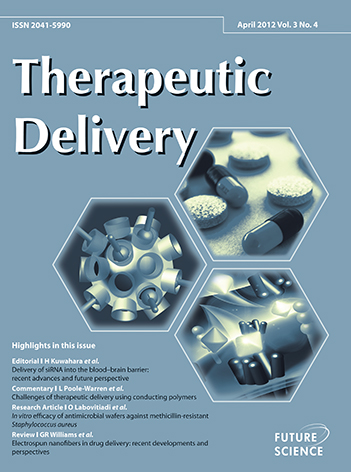- Home
- Blog
- News
- Basics
- Sources
- Agencies, Regulatory & Organisations
- CERSI Excipients Browser
- Excipient Report
- Excipient DMF List
- EXCiPACT Certified Companies
- Excipient Documentation
- Excipient EINECS Numbers
- Excipient E-Numbers
- FDA Inactive Ingredient List
- FDA GRAS Substances (SCOGS) Database
- IPEC Americas
- USP - U.S. Pharmacopeia
- Definitions
- Whitepapers / Publications
- Supplier
- Services
- Media
- Events
- 1st pharmaexcipients Poster Award
- Event Calendar
- Events featured by pharma-excipients
- 4th Annual Formulation & Drug Delivery Congress
- DDF Summit
- ExcipientFest Americas
- ExcipientFest Asia
- Global CompliancePanel
- International Conference and Exhibition on Pharmaceutics & Novel Drug Delivery Systems
- Formulation & Drug Delivery USA Congress
- Laboratory Medicine 2018
- Making Pharmaceuticals Europe
- Making Pharmaceuticals Exhibition
- Pharma Integrates
- PharmaExcipients China @CPhI China
- TTC Technology Training Center
- Jobs
- Online Sourcing
- Contact
30. July 2018
Injection site reactions (ISRs) and other adverse side-effects are commonly observed during therapy with biologics. These hypersensitivity related side-effects can vary from simple rash to life-threatening anaphylactic reaction, and may be linked to the immunogenicity of the drug including formation of antidrug antibodies. Reactions can also occur as a consequence of excipients in the product. We report the case of a patient who developed erythematous ISRs to both commercial PCSK9i formulations...
13. February 2018
Hydrogels are, from a commercial perspective especially because of their ease of production, attractive sustained-release systems for high potent immunoglobulins with short circulation half-lives. Hydrogel formulations can reduce the dosing frequency while maintaining therapeutically relevant drug concentrations locally as well as systemically.
20. November 2016
Abstract Associating protein with nanoparticles is an interesting strategy to improve their bioavailability and biological activity. Solid lipid nanoparticles (SLN) have been sought as carriers for therapeutic proteins transport to the lung epithelium. Nevertheless, because of their low inertia, nanoparticles intended for pulmonary application usually escape from lung deposition. To overcome this problem, the production of spray-dried powders containing nanoparticles has been recently reported....
22. March 2016
The International Conference on Harmonization Q8 (R2) includes a requirement that “Critical formulation attributes and process parameters are generally identified through an assessment of the extent to which their variation can impact the quality of the drug product,” that is, the need to assess the robustness of a formulation. In this article, a quality-by-design–based definition of a “robust formulation” for a biopharmaceutical product is proposed and illustrated with a case study....
17. February 2016
A number of biobarriers limit efficient oral drug absorption; both polymer-based and lipid-based nanocarriers have demonstrated properties and delivery mechanisms to overcome these biobarriers in preclinical settings. Moreover, in order to address the multifaceted oral drug delivery challenges, polymer-lipid hybrid systems are now being designed to merge the beneficial features of both polymeric and lipid-based nanocarriers. More
08. November 2015
Attachment of a chain of poly (ethylene glycol) (PEG) to a therapeutic protein, a process widely known as PEGylation, can lead to several beneficial effects. It has the potential to significantly delay aggregation of the protein by steric shielding, a frequently encountered issue in the development of protein drugs. More
18. August 2015
Delivery of proteins to mucosal tissues of GI tract typically utilize formulations which protect against proteolysis and target the mucosal tissues. Using case studies from literature and the authors' own work, the in-process stability and solid state storage stability of biopharmaceuticals formulated in delivery systems designed for oral delivery to the GI tract will be reviewed. More


